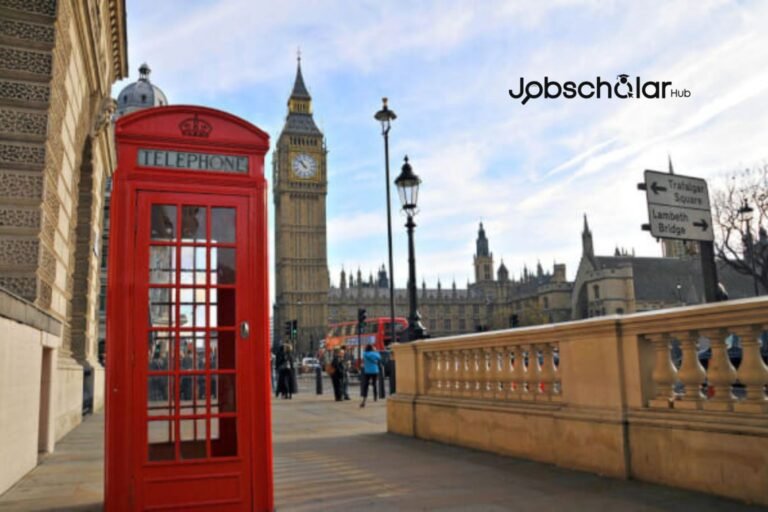Spain pulls people in for many reasons. The weather beats most of Europe hands down, food costs way less than back home, healthcare works without bankrupting you and people move slower here.
The best places to live in Spain vary wildly though. Some places work great for families. Others suit single people better. Let’s get right into all you should know about the best places to live in Spain.
Table of contents
Why People Move to Spain

The Weather
Spain’s climate advantage over other European countries becomes immediately apparent once you experience it firsthand. Most regions enjoy approximately 300 sunny days annually, while winter temperatures rarely drop to freezing except in mountainous areas. Along the coast, you can swim comfortably in the ocean for eight months of the year, with snow appearing only in northern mountains and high elevations.
Summer heat varies significantly by region, but coastal breezes provide natural relief when temperatures climb. Rain typically arrives during autumn and winter months, leaving the majority of the year pleasantly dry and comfortable for outdoor activities.
Healthcare System
Healthcare covers everyone legally living here, and the public system works well for most needs. Doctors speak English in major cities, while private insurance costs 50-150 euros monthly. Prescription drugs cost much less than in America, dental work happens quickly and cheaply, and eye exams don’t require appointments weeks in advance. Emergency rooms also treat everyone regardless of insurance status.
Cost of Living
Food shopping costs half what London charges, and restaurant meals won’t drain your bank account like Paris does. Housing gives you more space for less money, utilities cost reasonable amounts year round, and public transport works cheaply and efficiently. Entertainment and cultural activities stay affordable, so your pension or savings stretch much further here.
Lifestyle and Pace
Spanish people work to live instead of living to work, and lunch breaks last two hours in many places. Shops close afternoons for siesta time, evening meals start after 9 PM typically, and weekends mean family time, not work calls. Stress levels drop when you adapt to this rhythm, as life moves slower but feels more enjoyable.
Location and Travel
Location makes travel easy throughout Europe, with flights to anywhere taking under four hours usually. High speed trains connect major Spanish cities quickly, driving to France takes a few hours from northern Spain, and Portugal sits right next door for weekend trips. Morocco is also just a ferry ride away from southern Spain.
Read also: How to Get Spain’s Digital Nomad Visa: Complete Guide
Best Places to Live in Spain
The best places to live in Spain include major cities and smaller towns. Let’s get into the best places you should consider living in Spain.
Barcelona
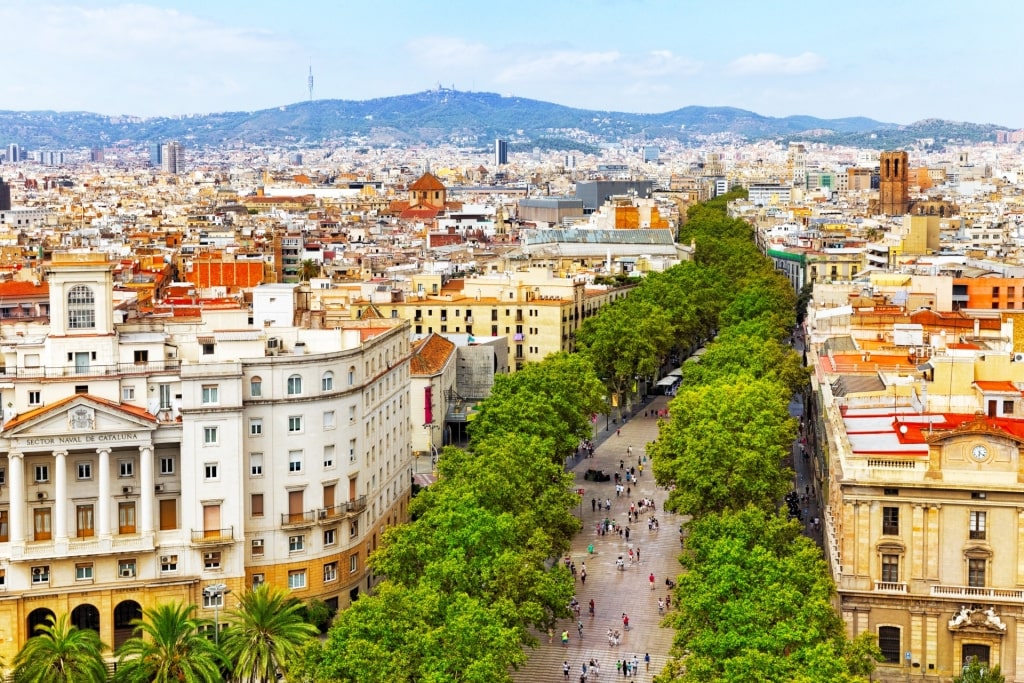
Housing and Neighborhoods
Rent shocks most newcomers initially, with central apartments costing 1000-1500 euros monthly for decent places. Outer neighborhoods drop to 700-1000 euros but commutes get longer, and sharing flats helps costs though roommate situations vary wildly.
Some landlords prefer tourists over residents for higher rates, while Gothic Quarter offers historic charm but tourist crowds. Eixample provides wide streets and modernist architecture, Gràcia feels like a village within the city, and Barceloneta puts you near beaches but gets noisy.
Transportation
Metro trains connect everything efficiently, and you can reach beaches in 20 minutes from downtown. Buses fill gaps the metro misses, night transport runs until dawn on weekends, and bike lanes expand yearly though traffic remains challenging. Walking works well for short distances, airport connects directly to city center via train, and high speed rail reaches Madrid in 2.5 hours.
Work Opportunities
Work opportunities focus heavily on tourism and technology, with restaurants always needing staff who speak multiple languages. Hotels hire constantly for front desk and housekeeping positions, tech startups launch regularly but many fail within two years, and freelancing works well with excellent internet infrastructure. Consulting and marketing companies recruit regularly, while teaching English provides steady income for native speakers.
Culture and Entertainment
Parks exist throughout the city for relief from concrete, food markets happen daily in every neighborhood, and nightlife starts after midnight and continues until dawn. Museums showcase Picasso, Miró, and contemporary artists, beaches offer swimming, volleyball, and water sports, and music venues host everything from flamenco to electronic music. Festivals happen monthly celebrating various cultures and traditions.
Language Requirements
Catalan language appears everywhere alongside Spanish, and kids learn Catalan in public schools primarily. Government jobs require Catalan fluency often, English works in tourist areas and international companies, and learning basic Catalan helps with daily life significantly. Many locals speak three languages fluently, while street signs appear in Catalan first, and then in Spanish.
You should read; Top 10 Easiest Countries to Immigrate from the US.
Madrid
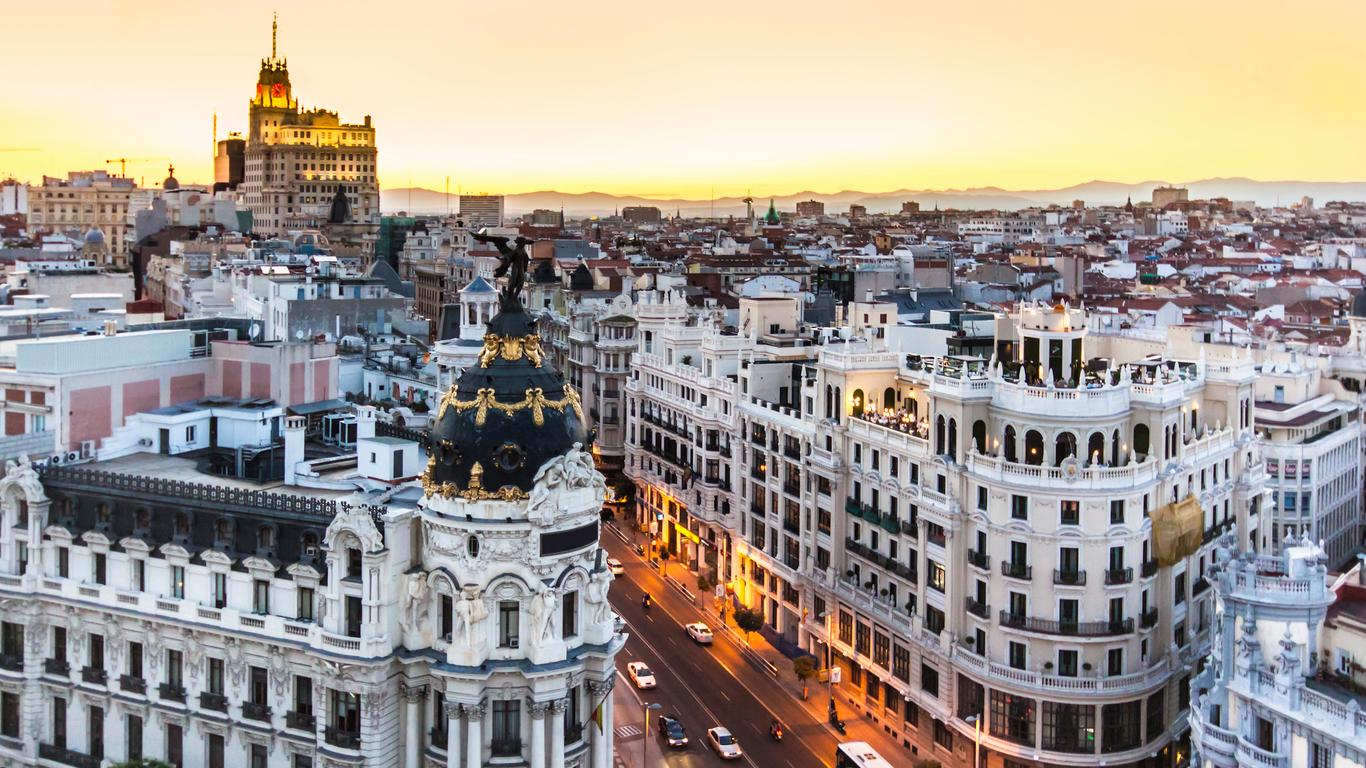
Neighborhoods and Housing
Each neighborhood feels completely different from others, with Malasaña attracting artists and young professionals with trendy bars. Retiro works for families wanting parks and quiet streets, Salamanca provides luxury shopping and upscale living, and Lavapiés offers multicultural atmosphere and cheap eats.
Housing costs more than most Spanish cities but less than Barcelona, outer areas start around 700 euros monthly, and central locations reach 1500 euros easily. Student neighborhoods offer cheaper options during academic months.
Transportation Network
Public transport covers the entire city comprehensively, metro arrives every few minutes during rush hours, and buses supplement metro lines efficiently. Night buses replace metro service after 2 AM, high speed trains reach Barcelona in 2.5 hours, and airport flies direct to most world capitals. Getting around without a car works perfectly fine, while bike sharing programs operate throughout the city.
Employment Market
Job market focuses on government, finance, and technology sectors, with government jobs providing stability and excellent benefits. International companies maintain Spanish headquarters here frequently, consulting firms hire regularly for various positions, and language schools need English teachers year round. Networking events help newcomers meet industry professionals, salaries tend higher than other Spanish cities, and startup scene grows rapidly with government support.
Cultural Attractions
Museums house some of the world’s best art collections, with Prado displaying Velázquez and Goya masterpieces. Reina Sofia shows Picasso’s Guernica and modern Spanish works, many offer free hours for residents and students, and concerts happen nightly in various venues throughout the city. Theater district presents shows in Spanish and occasionally English, while parks like Retiro provide green space and weekend activities.
Daily Life
Restaurant scene covers every cuisine imaginable, traditional tapas bars serve cheap meals with drinks, and upscale establishments charge more but quality justifies prices. Shopping ranges from local markets to international brands, evening strolls happen late when temperatures cool down, and siesta time closes many shops between 2-5 PM. Weekend life centers around family meals and park visits.
You should also read: How to Move to Spain: Complete Guide for US, Canadian, UK, and Australian Citizens
Valencia

Location and Climate
Valencia feels just right size wise for most people. The city is big enough for jobs and culture but small enough to bike everywhere quickly. Mediterranean beaches sit 20 minutes from downtown by metro, orange groves surround the city creating beautiful scenery, and weather cooperates almost year round here.
Summer temperatures stay comfortable around 28 degrees, winter rarely drops below 15 degrees even at night, and you can swim from April through November typically. Rain comes mainly in autumn and winter months.
Cost of Living
Living costs beat Madrid and Barcelona significantly, with apartments renting for 400-700 euros in decent areas. Food shopping takes 200 euros monthly for one person, restaurant meals cost 10-15 euros including drinks, and public transport passes run 35 euros monthly unlimited.
Utilities average 80-120 euros depending on apartment size, internet costs 30-50 euros for good speeds, and these lower costs allow more savings or entertainment spending.
Work and Economy
Work opportunities exist in several industries here, with port activities creating shipping and logistics jobs regularly. Agriculture provides seasonal and permanent positions around the city, tourism generates service jobs year round, and technology companies open offices for lower operational costs. University attracts students and creates academic positions, research jobs open regularly in various scientific fields, and language schools hire English teachers consistently throughout the year.
Food and Culture
Paella was invented here and local places serve authentic versions, while food markets sell incredibly fresh seafood daily from Mediterranean catches. Beach restaurants specialize in rice dishes and grilled fish, Las Fallas festival transforms the city every March spectacularly, and traditional festivals happen monthly celebrating various saints and seasons. Museums showcase local history and contemporary art, while music venues host traditional Spanish and international performers.
Recreation and Lifestyle
Bike paths connect beaches to city center safely and efficiently, parks and gardens exist throughout residential neighborhoods, and evening walks remain popular among all age groups.
Water sports happen practically year round with good conditions, sailing clubs operate from marina facilities year round, and beach volleyball courts stay busy most months. Coastal running and cycling paths extend for many kilometers.
You should read: Bringing Your Family Members to Australia: Family Migration
Seville
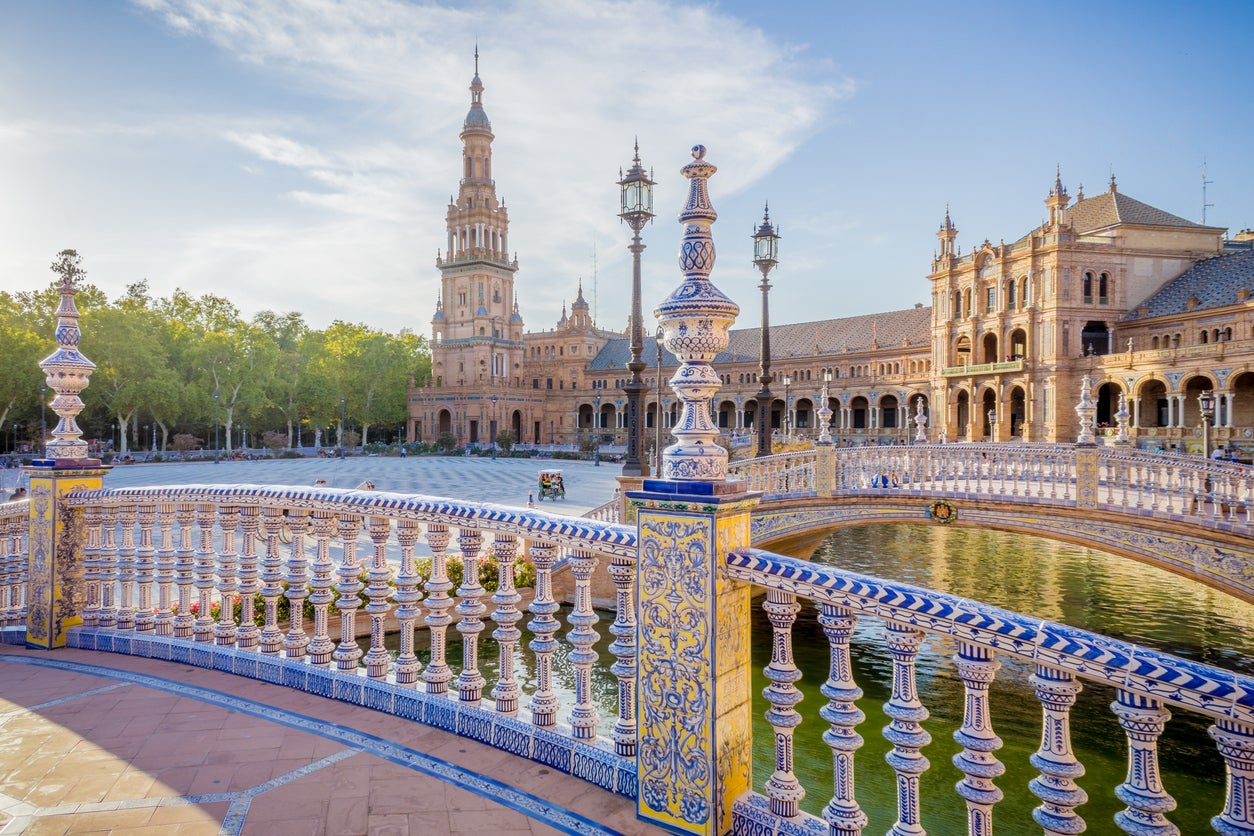
Historical Architecture
Seville shows you what Spain looked like centuries ago perfectly, with the cathedral ranking as the world’s largest Gothic building. Alcázar palace displays amazing Moorish craftsmanship and extensive gardens, narrow streets create intimate neighborhood feelings everywhere you walk, and walking tours operate daily in multiple languages for visitors.
Architecture spans Roman, Moorish, and Christian periods beautifully, UNESCO recognizes several sites as World Heritage locations, and every corner holds historical significance and stories.
Climate Challenges
Summer heat becomes brutal regularly here unfortunately, with temperatures hitting 45 degrees from June through August frequently. Many shops close during afternoon hours to avoid peak heat, air conditioning becomes absolutely essential for survival, and evening temperatures drop making activities pleasant again after sunset.
Spring and autumn offer perfect weather conditions for outdoor activities, winter stays mild around 15-20 degrees typically, and rain occurs mainly between November and March months.
Economy and Work
Tourism drives the economy almost entirely throughout the year, government positions provide steady employment with good benefits, and agriculture and food processing offer jobs in surrounding rural areas. University creates academic opportunities for qualified candidates regularly, small businesses succeed in tourist zones particularly well, and language schools need English teachers consistently. Seasonal work peaks during major tourist months, while remote work grows among younger educated residents.
Cultural Life
Flamenco dancing happens nightly in authentic venues throughout the city, flamenco schools teach dancing at all skill levels professionally, and tapas bars serve authentic food at incredibly low prices.
Religious festivals happen throughout the year regularly with great fanfare, art galleries display local and international works consistently, and traditional crafts like ceramics and textiles continue thriving. Music venues host both traditional Spanish and contemporary performers.
Living Costs
Cost of living stays very reasonable compared to northern Spain, with rent ranging from 300-600 euros for decent apartments depending on location. Food shopping costs under 200 euros monthly typically for one person, restaurant meals rarely exceed 12 euros including wine or beer, and public transport costs 30 euros monthly for unlimited city travel. Utilities run 60-100 euros monthly depending on season and usage.
Read also: Common Resume Mistakes That Could Cost You Jobs
Bilbao
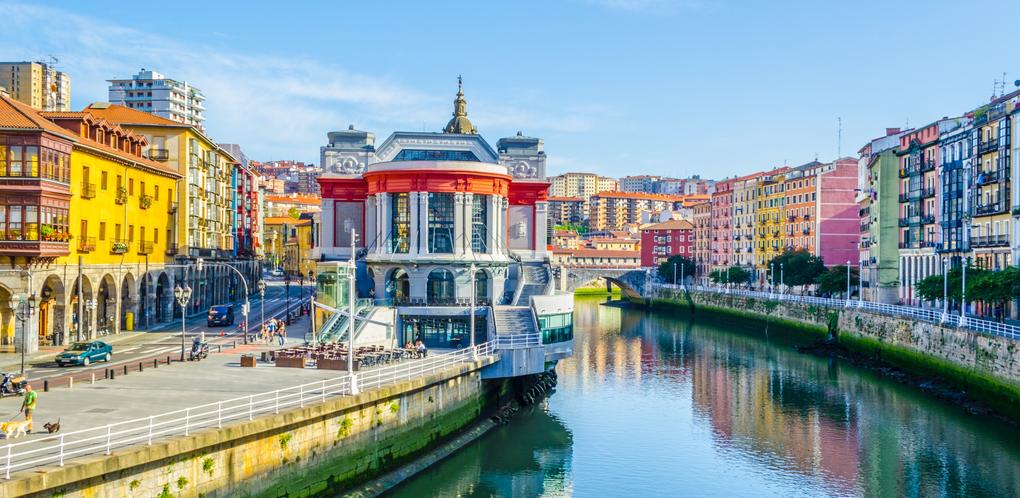
Cultural Identity
Bilbao offers something completely different from typical Spanish cities, where Basque culture dominates everything from language to food completely. Pintxos bars replace traditional tapas entirely here, food combines Spanish and French influences uniquely and deliciously, and local festivals celebrate Basque customs and traditions proudly.
Music and dance remain strong cultural elements throughout the region, while Basque language appears on street signs alongside Spanish everywhere.
Climate and Environment
Weather stays moderate year round compared to southern Spanish cities, with summer temperatures rarely exceeding 25 degrees even during heat waves. Winter feels mild for the northern latitude location, regular rainfall keeps air quality excellent and landscapes green year round, and green hills surround the urban area instead of dry Mediterranean landscapes. Mountains provide hiking opportunities in all seasons, while ocean access requires short trips to nearby beautiful beaches.
Economic Development
Guggenheim Museum put Bilbao on the international map permanently, former industrial areas became cultural districts and modern residential neighborhoods, and technology companies establish headquarters here increasingly for lower costs. Renewable energy sector grows rapidly throughout the entire region, banking and finance provide stable employment opportunities, and manufacturing continues but focuses on high tech products. Service sector expands to support growing professional population.
Daily Living
Public transport includes metro, buses, and modern trams efficiently, bike sharing operates throughout the city efficiently and cheaply, and housing costs less than Madrid or Barcelona significantly. Technology jobs pay well compared to reasonable living expenses, quality of life ranks high due to clean environment and rich culture, and language requirements include Basque for some government positions. Food markets happen multiple times weekly with fresh local produce.
You should read: Exciting International Job Opportunities for U.S. Citizens Living Abroad in 2025
Other Notable Spanish Cities Worth Considering
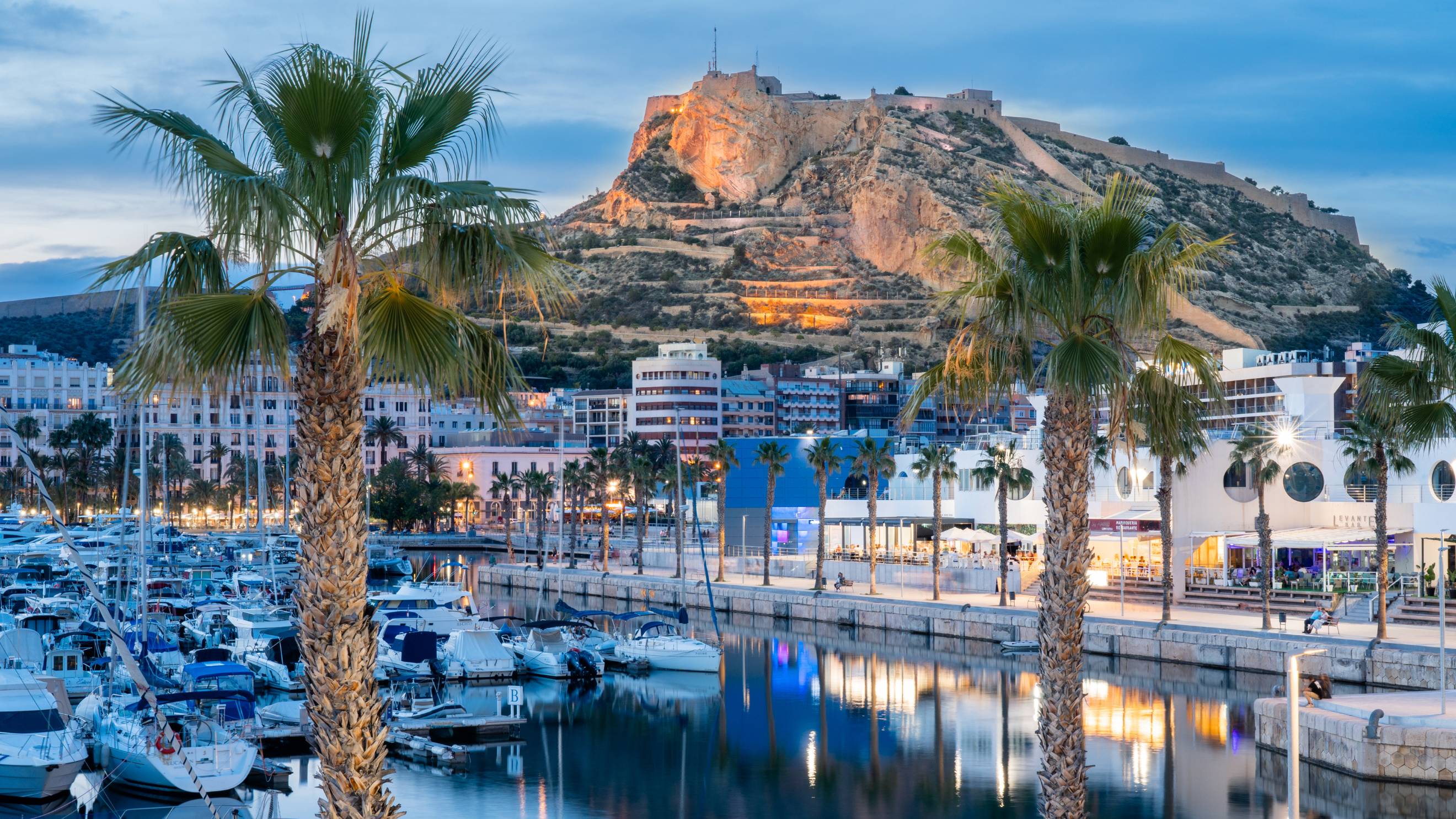
Granada enchants visitors with Alhambra palace and Sierra Nevada mountains nearby. Student population keeps the city young and energetic year round. Housing costs stay very reasonable for most budgets. Winters can get cold compared to coastal areas surprisingly.
San Sebastian serves some of Spain’s best food in tiny pintxos bars. Beaches rank among Europe’s most beautiful consistently. Film festival brings international attention annually in September. Housing costs more than other Basque cities but less than Barcelona.
Salamanca attracts students to its famous university founded in 1218. Golden sandstone buildings create stunning architecture throughout downtown areas. Nightlife buzzes with young people from across Europe nightly. Job market relies heavily on education and tourism sectors.
Málaga provides coastal living with excellent airport connections worldwide. Picasso Museum attracts art lovers year round consistently. Cost of living stays reasonable for a coastal city. Tourism creates many service industry jobs regularly.
Alicante delivers beach life at budget friendly prices for most people. Airport connects to major European cities directly and cheaply. Housing costs significantly less than Barcelona or Valencia. University brings young international students regularly each semester.
Santander offers northern coast beaches and cooler summer temperatures. Banking headquarters provide financial sector jobs with good salaries. Ferry connections reach England and northern Europe regularly. Rain falls more frequently than southern Spain unfortunately.
Read also: Is Living in Spain Good? Complete Guide to Life in Spain 2025
Frequently Asked Questions
Madrid and Barcelona offer most English speaking jobs through international companies and language schools.
Seville, Granada, and smaller Andalusian cities provide cheapest housing and daily living expenses.
Spanish helps tremendously but tourist areas and international companies sometimes use English too.
Valencia and medium sized cities offer good schools, safety, and family friendly environments.
All major Spanish cities provide excellent public healthcare through the comprehensive national system.
Conclusion
Picking the best places to live in Spain depends entirely on your personal situation and preferences completely. Research each option thoroughly before committing to any location.
Visit during different seasons if possible to experience weather variations. Consider job availability, language requirements, and climate preferences carefully when making final decisions. Your perfect Spanish home exists somewhere but finding it takes honest evaluation of what you actually need versus what sounds appealing initially.





